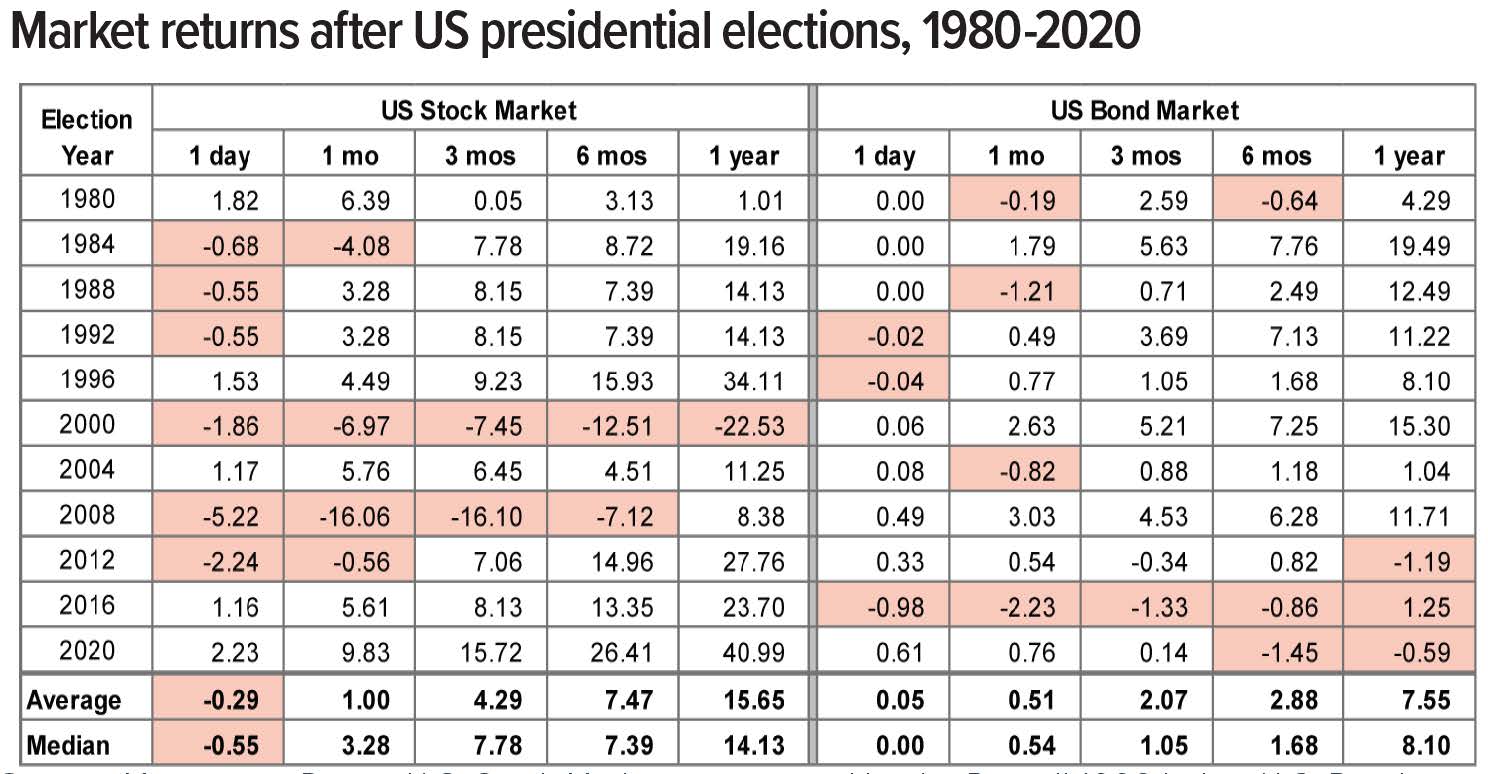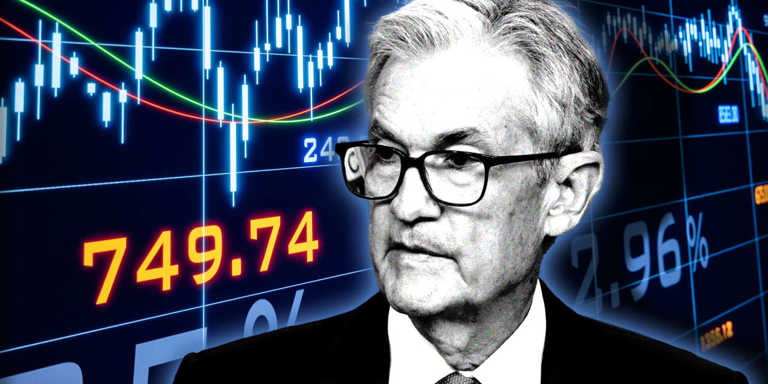Buy In May & Stay To Play
June 6, 2025
Equities were broadly higher in May, as de-escalation in the global trade war fueled a rally that brought the major indices very close to levels seen just prior to “Liberation Day.” After the intense volatility endured in March and April, stocks entered the monthly at highly oversold levels, setting up for a relief rally at the slightest hint or headline of good news. Sure enough, that is what occurred as equities ripped off their April lows and rewarded patient investors who stuck with the plan during this challenging period. Gains were strong across both domestic and international markets, with both the S&P500 and the NASDAQ recording their best months since November 2023 (+6.3% and +9.6% respectively). After a tumultuous March and April, thus far year-to-date the S&P500 is miraculously positive (+1.1%) while mid- and small-caps remain in the red. Still, coming on the heels of we saw earlier this spring, it is no wonder that investors are breathing a much-needed sigh of relief. At least for now.
Departing from stocks, May brought weakness across the fixed-income complex, as treasury yields backed up throughout the curve and pressured bond prices lower. Yields were higher anywhere between 15-30 basis points depending on maturity, which is not the largest move we have seen this year but was more than enough to compensate for any income generated. Thus, the Aggregate Index fell by around 3/4%. This back up in yields came despite the Federal Reserve holding short-term rates steady, indicating the bond market is more concerned with inflation, budget deficits, and the employment situation.
The other big headline in bond-land was Moody’s Ratings downgrade of US government debt on the 16th. The agency dropped its credit rating one mark from Aaa (the highest possible rating) to Aa1, joining the “downgrade club” of which Fitch and S&P are standing members. The latter two agencies had previously demoted US debt in 2011 and 2023 respectively. The reasons for the downgrade are numerous and varied but primarily arise from the ballooning national debt, which is approaching $37T and expanding at a rate of $2T per year. Other contributing factors include fiscal challenges and continuous congressional conflict over the national debt ceiling. The reaction in both stock and bond markets was relatively muted, and history has shown that short-term losses in these assets following a debt downgrade have been short-lived. The downgrade, while catching headlines for a few days, appears to be a market “nothingburger.”
Key economic data trends during the month were mixed, giving both bulls and bears food for thought. Price inflation continued to moderate in May, with both consumer (CPI) and producer (PPI) prices showing marginal decreases in their year-over-year rates. Core consumer prices also declined, which could prove beneficial to the all-important US consumer, who accounts for roughly 70% of annual GDP. Elsewhere in the economy, manufacturing data and labor market readings both held relatively steady, while consumer sentiment as measured by the Conference Board Index jumped, likely a reflection of renewed optimism that trade war issues could be resolved soon.
In terms of tariffs, tensions have eased meaningfully in recent weeks. Given the heightened levels of volatility, investors were clamoring for good news on this front, and they received it in the form of a US-China agreement on lower absolute levels of tariffs (reduced from 145% to 30% on the US side and 125% to 10% on the China side) for the next 90 days. This tenuous deal between the world’s two largest economies provided hope that the larger tariff picture will eventually settle out at levels much lower (and less scary) than initially thought. It is worth remembering that tariffs were also a source of major market volatility during President Trump’s first administration, as the S&P500 fell nearly 14% from its highs in 2018 to end the year down over 4%. The index subsequently rose and recovered all losses as trade deals materialized, and we hope that will be the case for Trump 2.0 as well.
Looking forward to the last month of spring, we will be paying close attention to any developments on the trade front, in addition to the status and outlook for the US consumer. Thus far, the hard economic data appear resilient and supportive of equities at current valuations. However, any change to tariffs or overall trade policy would have the potential to reignite volatility as we move towards summer. We are not out of the woods yet, but underlying fundamentals remain solid, and our cautiously optimistic outlook is affirmed here.
It has been a wild ride in capital markets over the past few months. We hope, as many of you likely do, that more sanguine days lie ahead. We will continue to monitor the situation on the ground and report back accordingly. As always, we express our sincere gratitude for the trust and confidence you place in us.
Sincerely,
Jason D. Edinger, CFA
Chief Investment Officer
Boston Wealth Strategies
This material is intended for informational/educational purposes only and should not be construed as investment advice, a solicitation, or a recommendation to buy or sell any security or investment product. Please contact your financial professional for more information specific to your situation.










